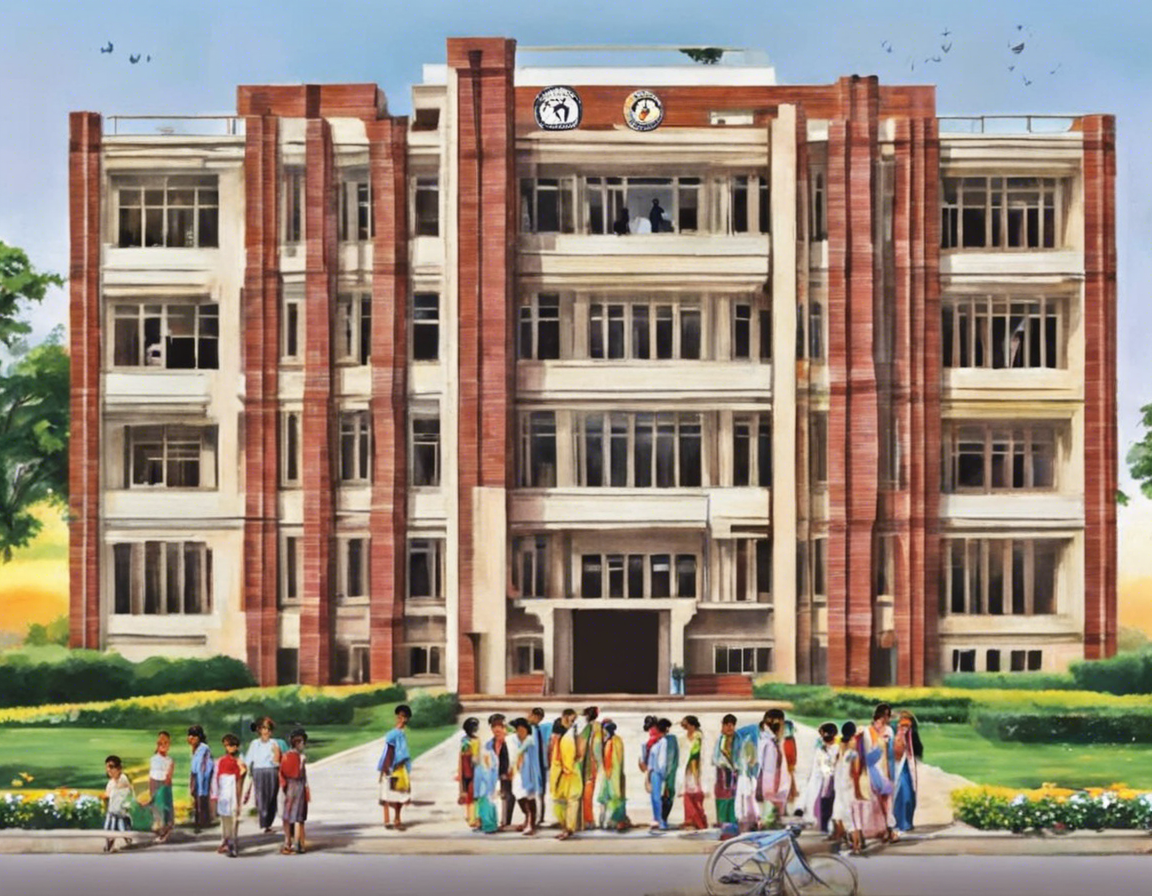Guide to Board of School Education Haryana
Introduction
Established in 1969, the Board of School Education Haryana (BSEH) is responsible for regulating and supervising the educational system in the state of Haryana, India. With a mission to provide quality education and promote literacy, the BSEH conducts examinations at the secondary and senior secondary levels in affiliated schools. In this comprehensive guide, we will delve into the functions, structure, examination processes, and other important aspects of the Board of School Education Haryana.
Functions of the Board of School Education Haryana
The BSEH plays a crucial role in the state’s education system, with several key functions:
-
Curriculum Development: The board is responsible for designing the curriculum for various classes and ensuring its effective implementation in affiliated schools.
-
Affiliation: It grants affiliation to schools in Haryana, ensuring they meet the prescribed standards and guidelines.
-
Examinations: The BSEH conducts annual examinations for class 10th (secondary) and class 12th (senior secondary) students.
-
Result Declaration: One of the primary responsibilities of the board is to declare results for the examinations conducted in a timely and transparent manner.
-
Textbook Publication: The BSEH publishes textbooks for different classes, ensuring students have access to quality study material.
Structure of the Board
The BSEH is structured in a way that enables it to effectively carry out its functions. The key components of the board’s structure include:
-
Chairman: The Chairman is responsible for overseeing the overall functioning of the board and ensuring it operates efficiently.
-
Secretary: The Secretary serves as the administrative head of the board, managing day-to-day operations and coordinating various activities.
-
Controllers: The board has Controllers who oversee different sections such as examinations, affiliation, and academics.
-
Committees: Various committees, such as the Examination Committee and Curriculum Development Committee, are constituted to help the board in decision-making and policy formulation.
Examination Processes
The BSEH conducts examinations for class 10th and class 12th students following a systematic process:
-
Date Sheet: The board releases the date sheet for the examinations well in advance, allowing students to prepare and plan accordingly.
-
Admit Card: Students are required to download their admit cards from the board’s official website and carry it to the examination center.
-
Examination Centers: The board designates examination centers across the state where students are required to appear for their exams.
-
Evaluation: After the exams are conducted, answer sheets are evaluated by qualified examiners, following strict guidelines.
-
Result Declaration: The board declares the results on its official website, and students can access their results using their roll numbers.
Important Links and Resources
- Board of School Education Haryana Official Website
- Haryana Board Class 10th Exam Date Sheet
- Haryana Board Class 12th Exam Date Sheet
- Affiliation Guidelines
- Textbooks Published by BSEH
FAQs (Frequently Asked Questions)
- When was the Board of School Education Haryana established?
-
The BSEH was established in 1969.
-
How can schools in Haryana get affiliated with the board?
-
Schools can apply for affiliation by fulfilling the criteria laid out by the BSEH and submitting the necessary documentation.
-
Where can students access their exam results?
-
Students can check their exam results on the official website of the Board of School Education Haryana.
-
Are the textbooks published by BSEH available for download?
-
Yes, the textbooks published by the board are available for download on their official website.
-
What is the official website of the Board of School Education Haryana?
- The official website of BSEH is bseh.org.in.
In conclusion, the Board of School Education Haryana plays a vital role in shaping the education system in the state and ensuring students receive quality education. By understanding its functions, structure, examination processes, and utilizing the resources provided, students, teachers, and schools can benefit from the initiatives and support offered by the board.

Recent Comments